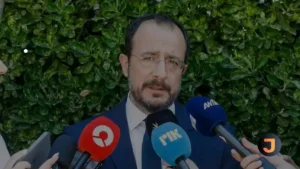OECD DAC Reports Modest Increase in ODA Spending for 2023
The Organisation for Economic Cooperation and Development’s (OECD) Development Assistance Committee (DAC) has released preliminary figures for the year 2023, indicating a slight uptick in Official Development Assistance (ODA) spending by donor countries. The total ODA for the year reached $223.7 billion, which is approximately 0.37% of the collective Gross National Income (GNI) of OECD DAC members. This marks a modest real-term increase of 1.8% compared to the previous year.
However, the increase in ODA spending is not without its caveats. The 2023 AidWatch report has pointed out that the rise in EU ODA is significantly influenced by inflated figures. A substantial part of the aid is being reported as in-donor refugee costs, which involves using ODA funds to cover the expenses of hosting refugees within the borders of donor countries. In 2023, $30.96 billion was allocated to these costs, down slightly from $31 billion in 2022, yet still accounting for 13.8% of total ODA from DAC member countries.
CONCORD, the European Confederation of NGOs, has repeatedly raised concerns about this trend, emphasizing that while supporting refugees is a critical human rights obligation, it should not detract from the funds earmarked for fostering economic development and welfare in partner countries.
Despite a 3% rise in bilateral aid to least developed countries (LDCs), this figure does not offset the significant 6.2% reduction seen in 2022. The current levels of ODA are insufficient to tackle the growing inequalities, escalating conflicts, and the burden of debt repayments faced by countries at the lower end of the Human Development Index (HDI).
In 2005, EU Member States pledged to allocate at least 0.7% of their GNI to ODA by 2015—a target that has been consistently missed. Nineteen years on, EU donors continue to fall short of their commitment, as highlighted by CONCORD’s AidWatch reports, raising questions about the EU’s global credibility and the integrity of ODA.






